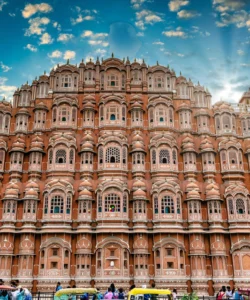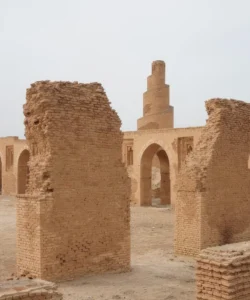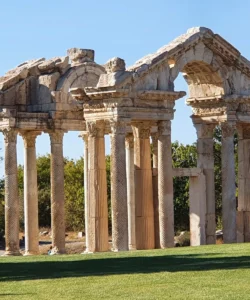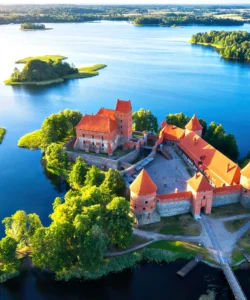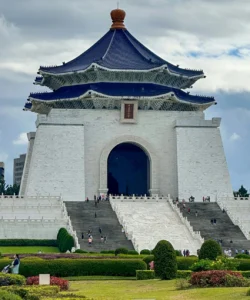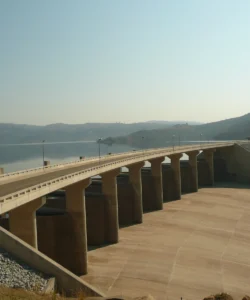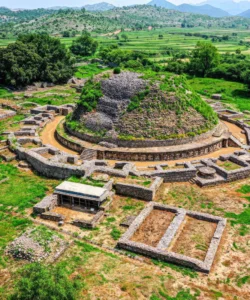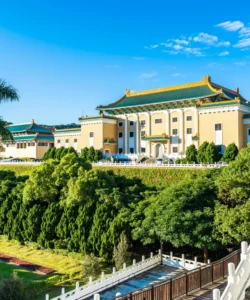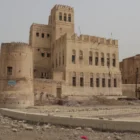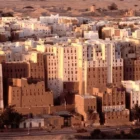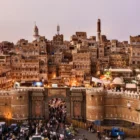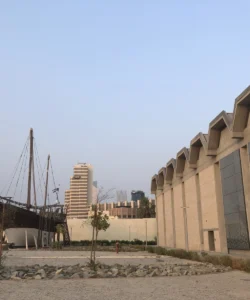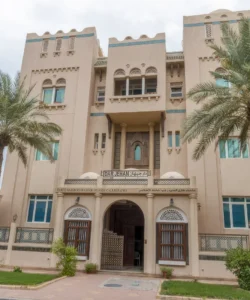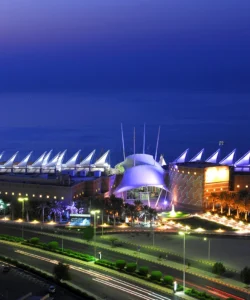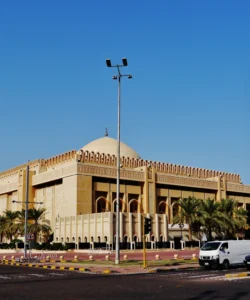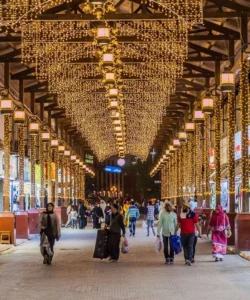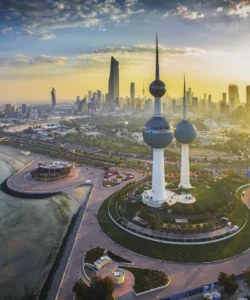The Tareq Rajab Museum is a unique cultural institution in Kuwait, housing an extensive private collection of Islamic art and artifacts. Opened in 1980, it is the culmination of over fifty years of dedicated collecting by Tareq Sayed Rajab and his British wife, Jehan Wellborne. The museum offers a fascinating glimpse into the rich artistic and cultural heritage of the Islamic world, with a particular focus on manuscripts, ceramics, textiles, and jewelry.
Listen to an introduction about Tareq Rajab Museum
Name and Address
- Name: Tareq Rajab Museum
- Address: Block 12, Street 5, Building 22, Jabriya, Kuwait. There is also a separate Tareq Rajab Museum of Islamic Calligraphy nearby (Block 12, Street 1, Building 2, Jabriya).
How to Get There
The Tareq Rajab Museum is located in the Jabriya area of Kuwait, which is accessible from various parts of Kuwait City.
- By Car/Taxi: Taxis and ride-sharing services are readily available throughout Kuwait City. Simply tell the driver “Tareq Rajab Museum in Jabriya.” Free parking is usually available on-site.
- By Public Bus: Some public bus routes may pass near the Jabriya area. It might require a short walk or a taxi ride from the nearest bus stop.
- On-Site: The museum generally operates with specific visiting hours (e.g., Sunday-Thursday: 9:00 AM–5:00 PM; Friday & Saturday: 11:00 AM–3:00 PM; Saturday closed for the main museum, but check for the calligraphy museum). Entrance is usually free, but it’s always best to verify current hours and any potential fees directly with the museum. Photography may be restricted in certain areas, so it’s advisable to ask permission.
Landscape and Architecture
The Tareq Rajab Museum is housed within a villa, giving it the intimate feel of a private collection. Its architecture is not grand or monumental from the outside, but the interior is designed to showcase its vast and diverse holdings effectively.
- Housed in a Villa: The museum is located in a converted villa, which was not purpose-built as a museum. This gives it a more personal and less imposing atmosphere compared to large, modern museum complexes.
- Interior Design: Recent renovations have focused on updating display cases, lighting (using LED lights to protect artifacts), and reorganizing exhibits for better viewing. The interior aims to create an immersive experience, with attention to textures and colors that highlight the artifacts.
- Collections: The museum’s extensive collection of over 30,000 items (with about 10,000 on permanent display) includes:
- Manuscripts and Calligraphy: A very large and important collection of Qur’ans and Arabic manuscripts, with some dating back to the 7th century AD.
- Ceramics: A comprehensive collection spanning pre-Islamic times to the early 20th century from across the Islamic world.
- Metalwork and Glass: Fine examples of metalworking (e.g., incense burners) and glass artifacts from the 8th to 18th centuries.
- Arms and Armor: A collection of over 150 Islamic firearms and armor.
- Textiles, Embroideries, and Costumes: An extensive range from various Islamic regions, including early Islamic pieces.
- Jewelry: A significant collection of gold and silver jewelry, including pre-Islamic pieces.
- Musical Instruments: A range of 18th, 19th, and 20th-century instruments from the Islamic world.
- Orientalist Artwork: A collection of 19th-century artwork by prominent Orientalist painters.
What Makes It Famous
- Vast Private Collection: It’s famous for being one of the largest and most significant private collections of Islamic art and artifacts in the region, amassed by a passionate couple.
- Breadth and Depth of Collections: The sheer diversity and historical span of its holdings, from ancient Qur’ans to intricate jewelry and textiles, make it a remarkable repository of Islamic heritage.
- Pioneering Islamic Art Museum: It was the first Islamic Art museum in Kuwait and the entire Gulf region, established to educate the public about this rich heritage.
- Resilience During Conflict: The museum gained recognition for its efforts to protect its collection by staff who bravely hid and concealed artifacts during the Iraqi invasion in 1990.
- Focus on Islamic Calligraphy: The dedicated Tareq Rajab Museum of Islamic Calligraphy highlights the intricate artistry and cultural significance of Arabic script.
Differences from Some Other Attractions
- Private vs. Public Institution: Unlike large national museums (like the Kuwait National Museum) or government-funded cultural centers (like the Sheikh Abdullah Al-Salem Cultural Centre), the Tareq Rajab Museum is a privately funded and managed institution, offering a more personal and curated experience.
- Intimate Scale: Housed in a villa, it provides a more intimate and less overwhelming atmosphere compared to the vast, purpose-built exhibition spaces of modern cultural complexes.
- Collector’s Vision: Its collection reflects the specific passion and discerning eye of its founders, offering a unique perspective on Islamic art that differs from broader national collections.
- Focus on Traditional Arts: While other attractions might showcase modern developments (like the Kuwait Towers) or contemporary art, the Tareq Rajab Museum deeply emphasizes traditional Islamic arts and craftsmanship, providing a strong cultural contrast.
- Hidden Gem Status: Despite its significance, it often feels like a “hidden gem” compared to more prominent tourist landmarks, offering a quieter and more in-depth cultural experience.
Tareq Rajab Museum Photos:



















